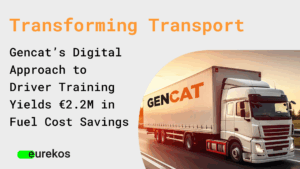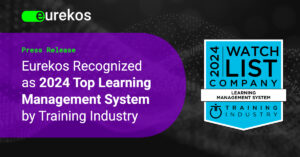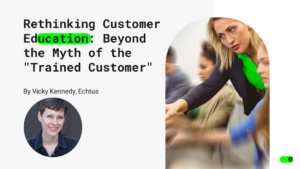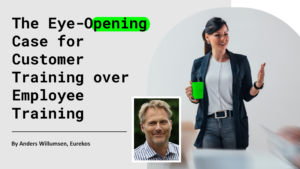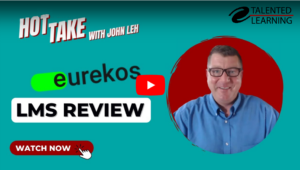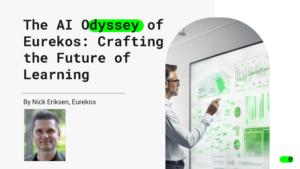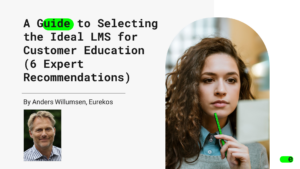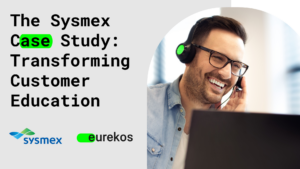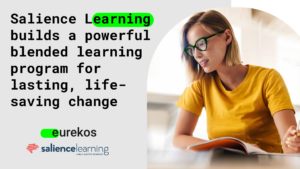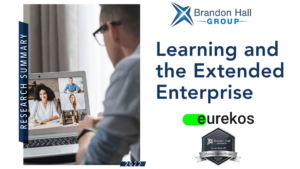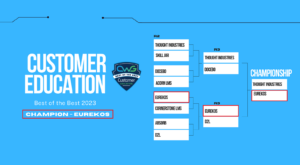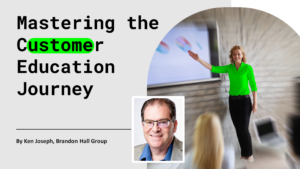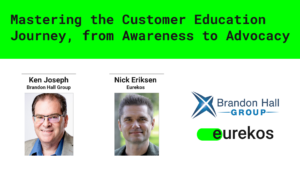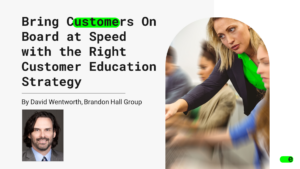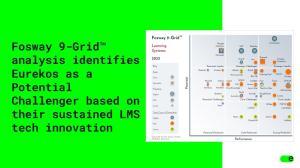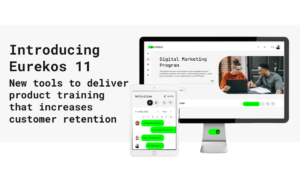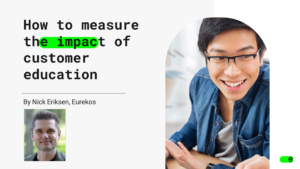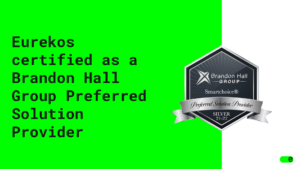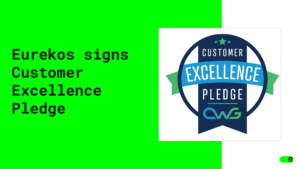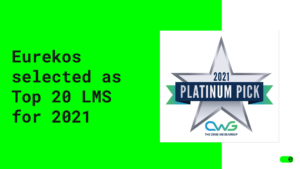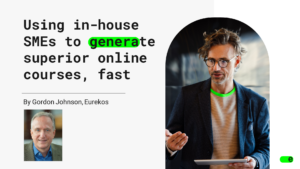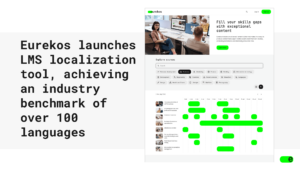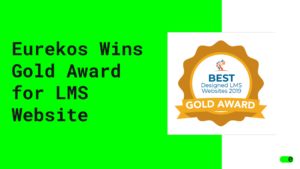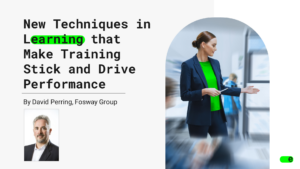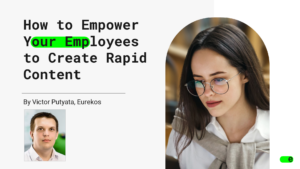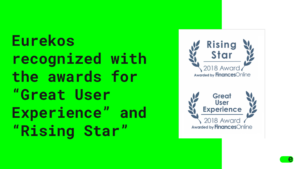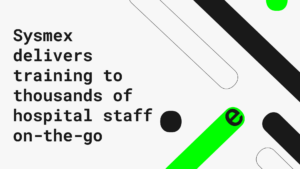By Gordon Johnson, Eurekos Systems.
As you continue to develop your eLearning content, there is a relatively untapped expert resource available and able to develop content that would be expensive and difficult to replicate elsewhere.
With management commitment and the right digital learning platform (DLP), this content can be developed and deployed rapidly, generating impressive results.
3 ways to use SMEs to develop high-quality training content
The development of high-quality content depends on experts, and you have several choices.
1. The first is sourcing experts from external sources, and this may be appropriate in standardised areas such as communication or writing.
You could easily find expertise freely available on sources such as YouTube or Khan Academy and embed links for those videos into your learning management system (LMS). The disadvantage here is that the lessons would be highly generic and may not be relevant to your corporate situation.
2. If the subject matter is broad, you could consider licencing training content from large international providers such as the Eurekos Content Marketplace, OpenSesame, LinkedIn’s, Lynda.com, Coursera, Udemy, 360training, Pluralsight or HubSpot Academy.
There is a recurring cost with using licenced content. Modern DLPs (digital learning platforms), such as the The Eurekos DLP, are specifically engineered to host licenced content, directly receive updates and report on usage. They will host any of these lessons regardless of the provider and in many cases, will put a white label on it – make it look like it was developed by your company.
3. A third choice, and the subject of this post, is to tap into the expertise that already exists within your own organization: your internal subject matter experts (SMEs). There is no better, more cost and time-efficient source for content that will have the impact of this.
These SMEs are individuals who have excelled in their jobs and proven themselves willing to share what they know in employee-to-employee learning, which contributes to the nourishment of your learning culture. The content they create can also be used without incurring licencing fees.
Subject Matter Experts (SMEs) walk among us
Your company’s employees possess a massive amount of knowledge, most of which has never been documented. Online learning can become so much more effective if the course material is originated by these subject matter experts.
For example, let’s look at medical equipment or the operation of heavy construction machinery. Both are intricate and both requiring skill to ensure safety. The most qualified person to show when a medical device should be used and how it works, or the operation of a crane, or tractor, or leveler is the person who is doing it now, and who is regarded by management and his or her peers as “best of breed.”
Is this person willing to take on the extra assignment of creating job and task-specific content? Here’s what we’ve learned: the people who really love their work, who take pride in their skills and accomplishments, are proud, and eager, to teach others. They don’t see it as a burden, but as a professional and personal accomplishment
Having the actual practitioner explain the task visually, while “on-the-job,” adds realism to the presentation, perhaps through a short video. While not as polished or professional as an actor, their presentation has gravitas.
Additionally, we find that many people discount polished videos because they feel too much like commercials. They want people who know stuff to teach them, because it’s both credible and authentic.
Of course, your SME’s are not experts in content generation and they will need guidance. Don’t think about a script. Think of an outline of the important points, that they can follow and speak in their own voice, with their own words. They are not videographers, but they can, with guidance, produce raw footage that can be edited and used, all without costly set-ups, production companies, locations and equipment rentals.
Videos are ideal for this type of learning because all a learner needs is an internet connection and a device. It’s also on-demand, so that if a learner needs the information right now, even if they are in the field, the video is instantly available. A quick “how to” or refresher may be all they need to move on.
You need the right digital learning platform to drive this change
The right digital learning platform (DLP), sometimes called a learning management system (LMS) is an essential tool. It is designed to make it easy to capture the expertise of the SMEs and deliver it to your learners.
It also houses and distributes all your course content (not just the videos, but all e-learning materials and other content), and optimizes the learning experience. This in turn drives comprehension, retention and satisfaction.
The DLP brings 2 important functions to this discussion:
1. The new generation of DLPs include authoring tools that are both simple and effective. This allows anybody in the company, especially the SMEs, to rapidly set up and create content, including videos. Moreover, these SMEs can modify and update the videos as the need arises, and the system will notify learners of the change.
2. These modern DLPs not only store content, but make it instantly available to learners either on-demand, or as part of a course structure or learning path. Think of each piece of content as an independent cog that can be combined with other cogs in many different ways based upon the organisation’s or the learners’ needs. This helps your organisation build a large repository of these cogs that can be updated and combined easily and relatively effortlessly to create a skills directory, nurturing your internal culture of learning.
Managing and tracking learning through the DLP
Each learner logs onto the DLP to gain access to the information and course materials. He or she works through a lesson—reading, viewing a video, taking a quick assessment to measure understanding—and can then return to the job at hand or continue with additional lessons. The DLP tracks consumption and advancement to keep the employee on target and to report progress to the team or manager.
This tracking can be of great significance with compliance training. The learning management team will know who successfully completed the course and the DLP can automatically follow up with those who have not completed the requirements and urge them to do so by the deadline.
Change begins at the top
Of course, the organisation needs senior management buy-in to allocate the requisite investment needed for a modern DLP. Additionally, there needs to be visible leadership buy-in. This is in the form of the investment and of actual participation in training. It shows employees that management places a high value on education and skills development. It encourages them to take the greatest advantage.
Generating superior content, fast
Here is the recipe for developing superior content that will move your company forward.
- Identify your in-house SMEs.
- Provide them the opportunity and the guidance to share their knowledge, insight, and capabilities.
- Invest in a modern DLP with native, easy, and fast authoring tools the SMEs can learn fast.
- Secure management’s buy-in and visible participation.


